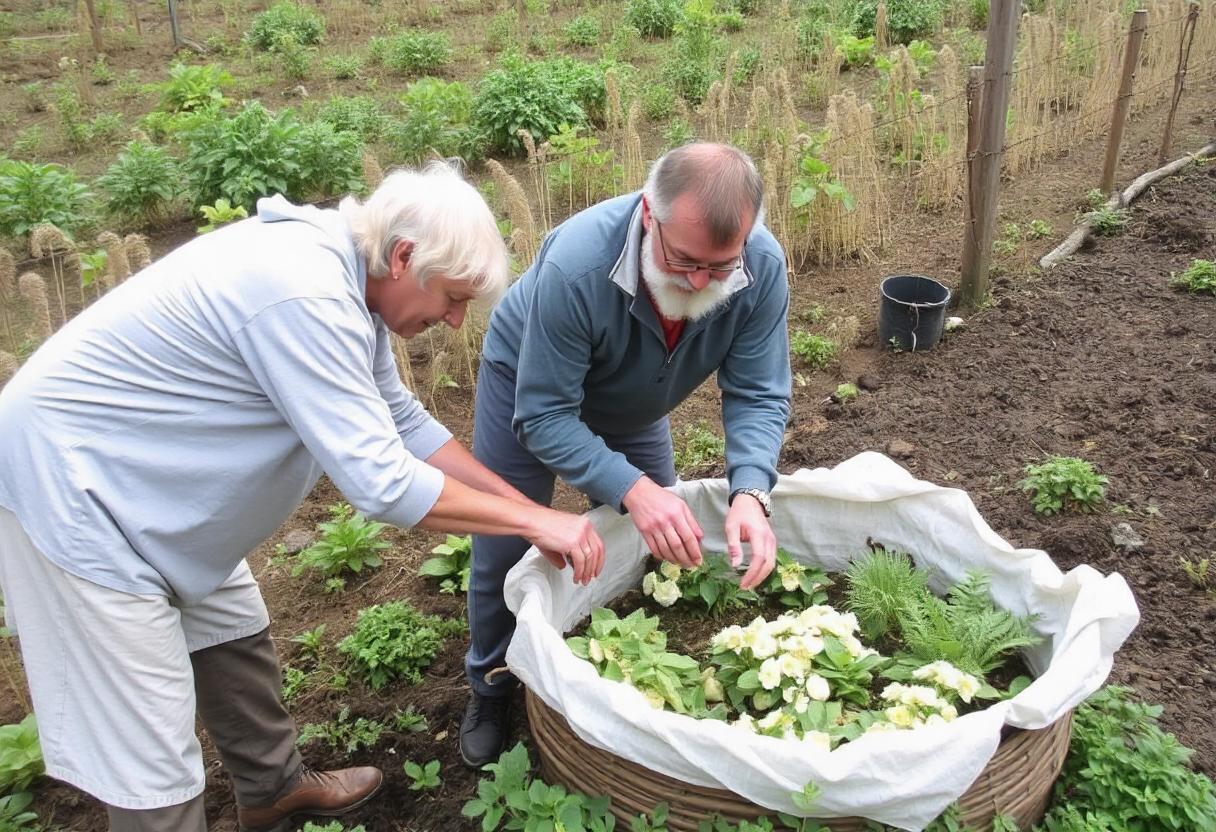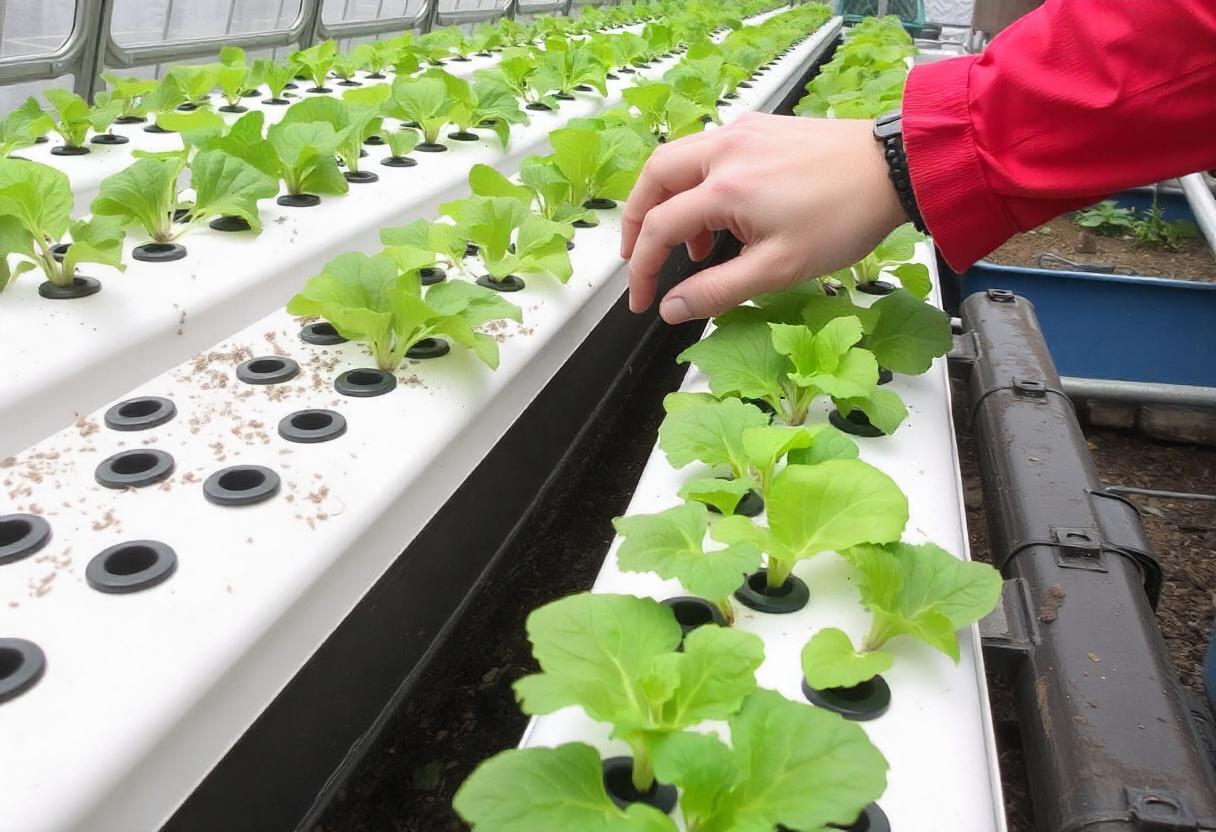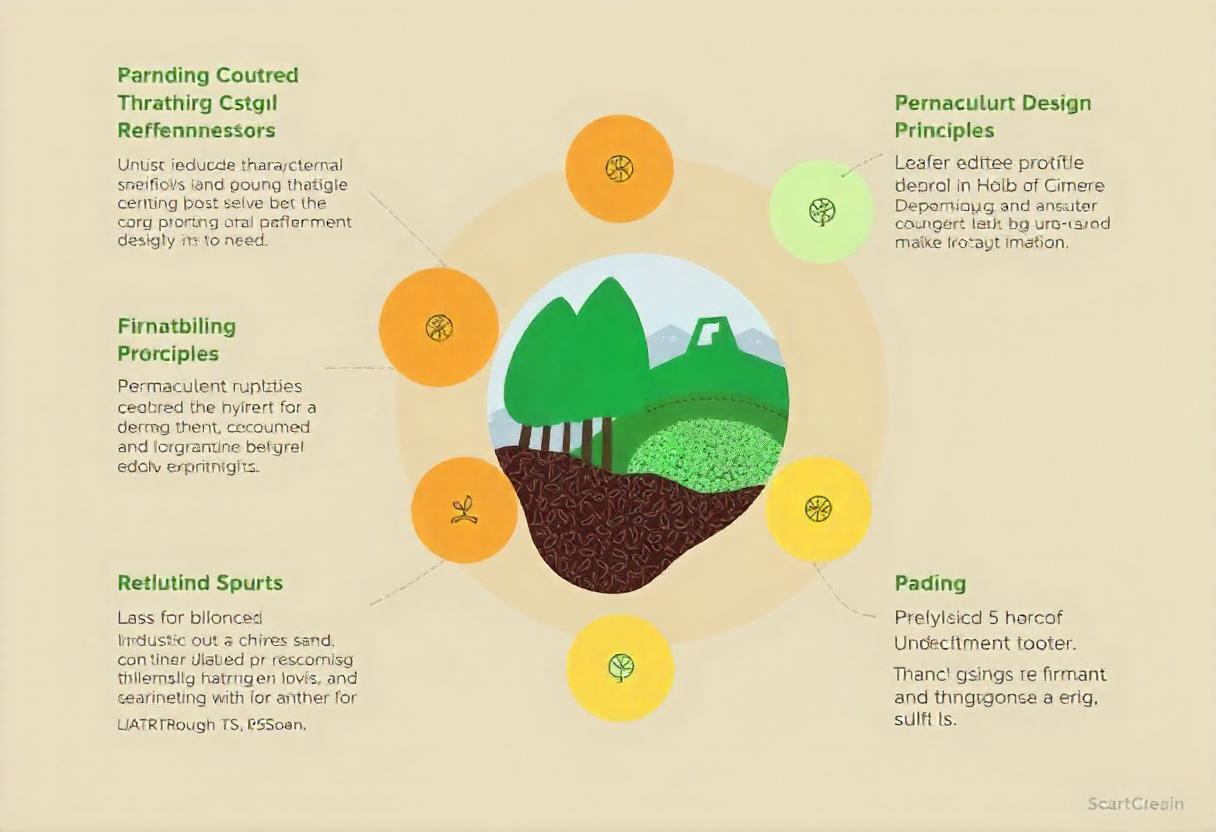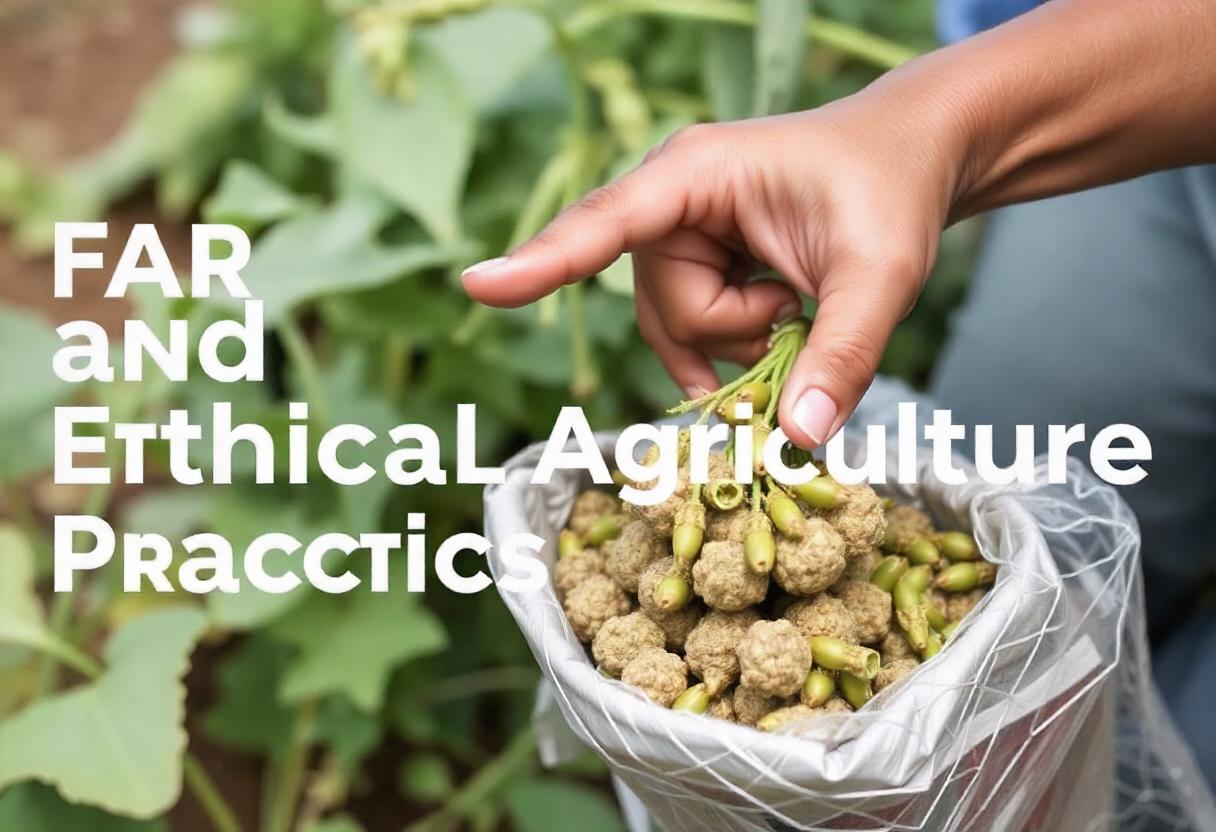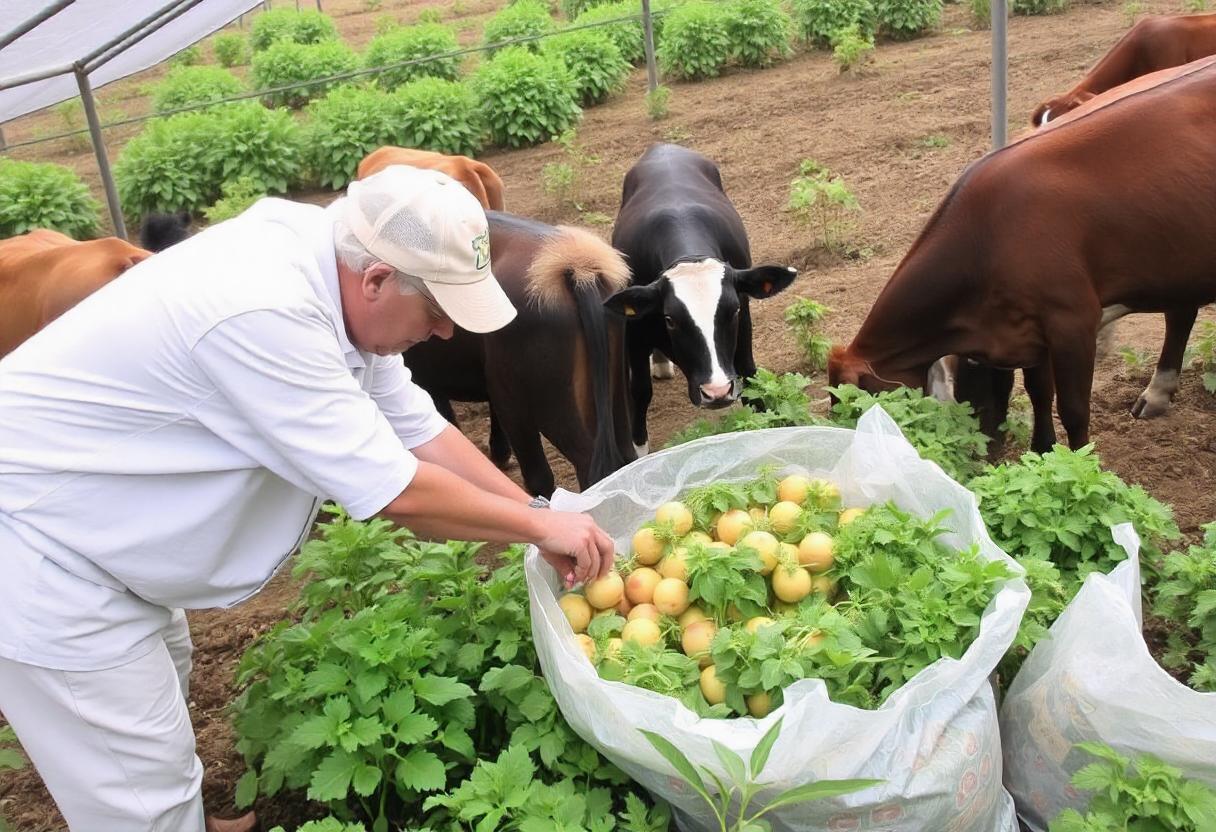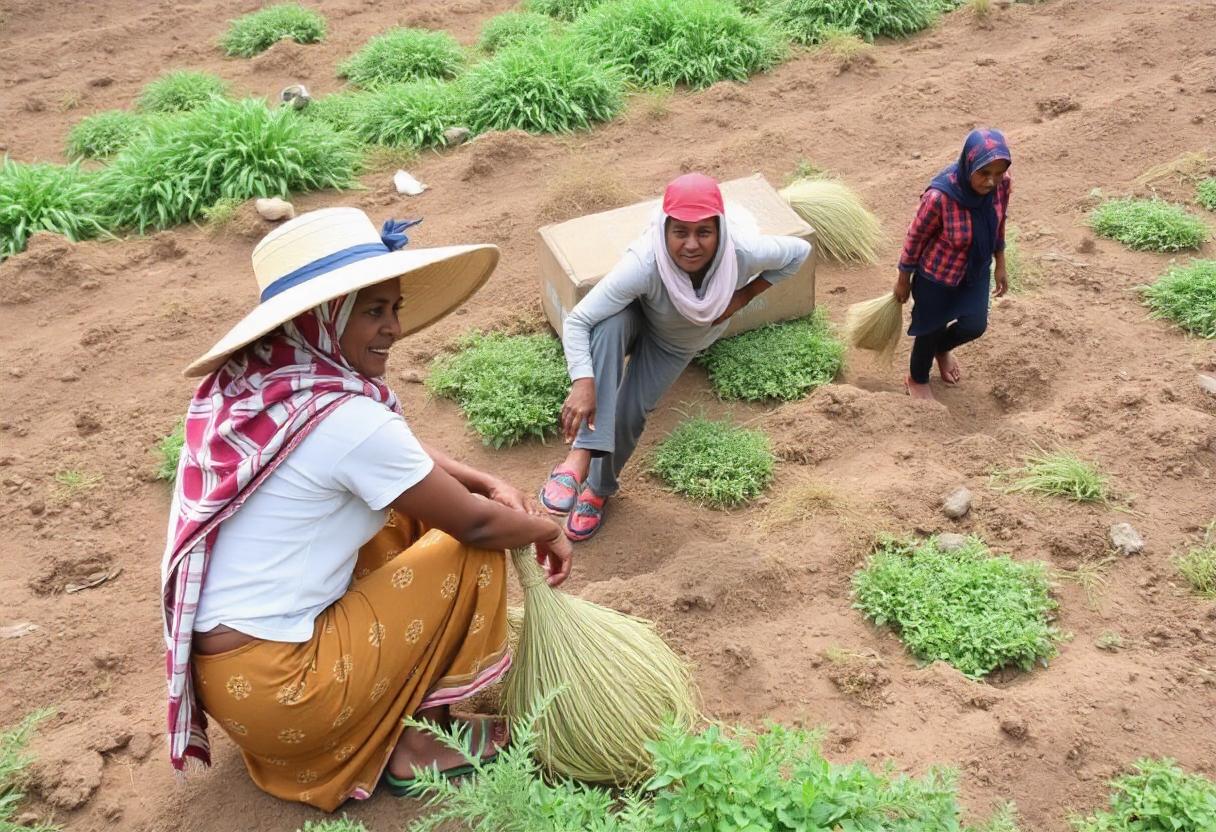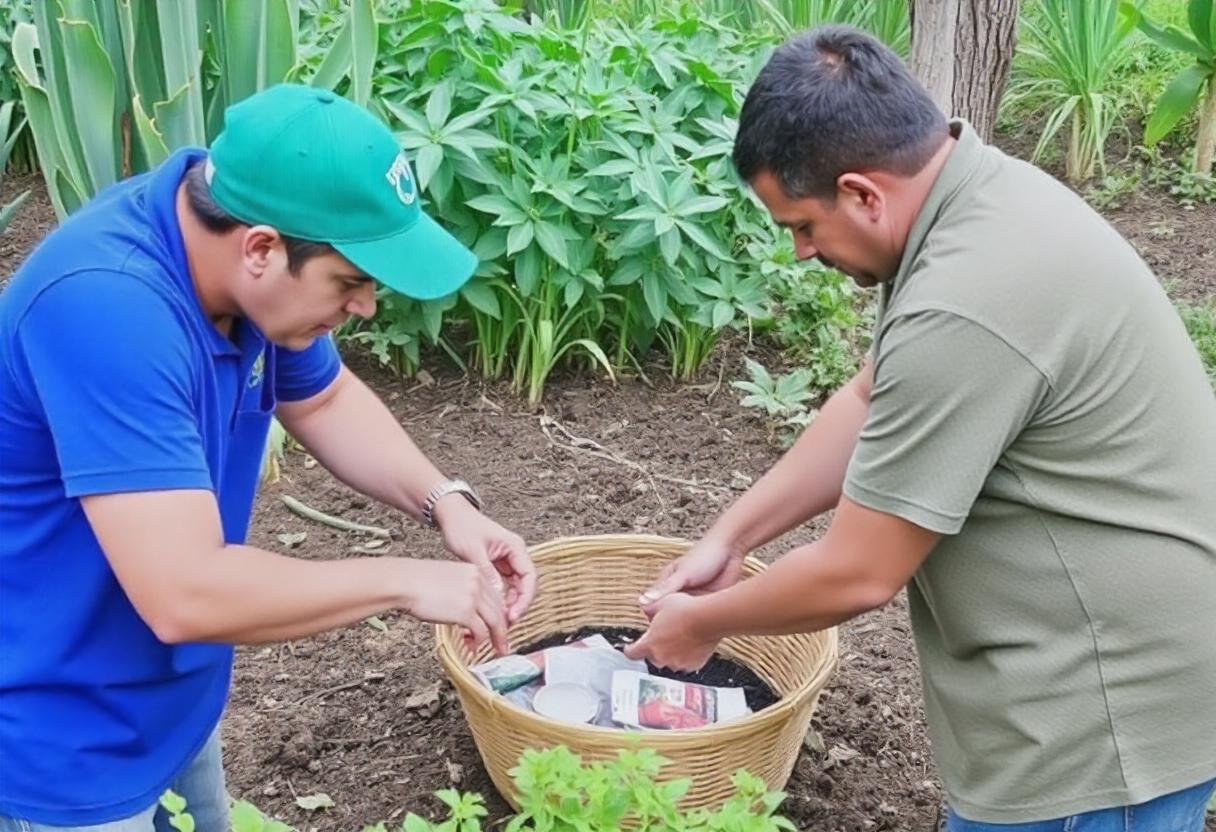Introduction To Biodynamic Farming
Biodynamic farming is a holistic and sustainable agricultural approach that emphasizes the interconnectedness of soil, plants, animals, and humans. Originating from the ideas of Rudolf Steiner in the early 20th century, this method goes beyond organic farming by integrating cosmic and spiritual elements into agricultural practices.
Learn MoreIntroduction To Vertical Farming And Indoor Agriculture
Vertical farming and indoor agriculture are innovative agricultural practices designed to address challenges in food production, such as limited arable land, climate change, and population growth. By utilizing controlled environments, these methods offer a promising solution to growing food in urban areas or regions with harsh
Learn MoreHydroponics And Soilless Agriculture: Revolutionizing Modern Farming
Hydroponics and soilless agriculture are innovative farming methods that offer efficient, sustainable, and eco-friendly alternatives to traditional soil-based farming. These methods enable plants to grow without soil, utilizing nutrient-rich solutions or alternative growing media, and are becoming increasingly popular in urban and industrial farming settings. What
Learn MoreAgro-Tourism: Bridging Agriculture And Tourism
Agro-tourism, also known as agritourism, is an innovative form of tourism that combines agriculture and recreation. It offers visitors an authentic experience of farm life, allowing them to immerse themselves in rural activities while learning about sustainable farming practices. Agro-tourism has gained popularity in recent years
Learn MoreIntroduction To Permaculture Design Principles
Permaculture is a design system that works with natural ecosystems to create sustainable and self-sufficient environments. It is grounded in ethics and principles that help guide decisions toward building regenerative landscapes, agriculture, and even social structures. The aim of permaculture is to foster harmony with nature,
Learn MoreImpact Of Pesticides And Herbicides On Human Health
Exposure to Pesticides and Herbicides Pesticides and herbicides are chemicals widely used in agriculture to protect crops from pests and weeds. Human exposure to these chemicals occurs through various channels, such as direct contact, ingestion of contaminated food or water, and inhalation. Farmworkers and individuals living
Learn MoreFair Trade And Ethical Agriculture Practices
What is Fair Trade? Fair Trade is a global movement aimed at ensuring better prices, decent working conditions, and fair terms for farmers and workers in developing countries. The goal is to support sustainable development by providing producers with a platform where they can thrive while
Learn MoreIntroduction To Biosecurity In Agriculture
Biosecurity in agriculture refers to the practices and measures taken to protect crops and livestock from pests, diseases, and other biological threats. It involves a comprehensive approach to prevent the introduction, establishment, and spread of harmful organisms that could damage agricultural productivity and the environment. This
Learn MoreImpact Of Migration On Farming Communities
Introduction Migration, both internal and international, has long been a significant factor affecting farming communities worldwide. While migration can offer opportunities for improved livelihoods and development, it also poses challenges, especially to rural and agricultural regions where farming is the primary occupation. The impact of migration
Learn MoreIntroduction To Agriculture Education And Training
Agriculture education and training play a crucial role in equipping individuals with the knowledge and skills necessary to contribute to the agricultural sector. From traditional farming techniques to modern agricultural practices, education provides the foundation for sustainable farming and food security. This sector is continually evolving,
Learn More